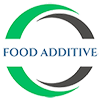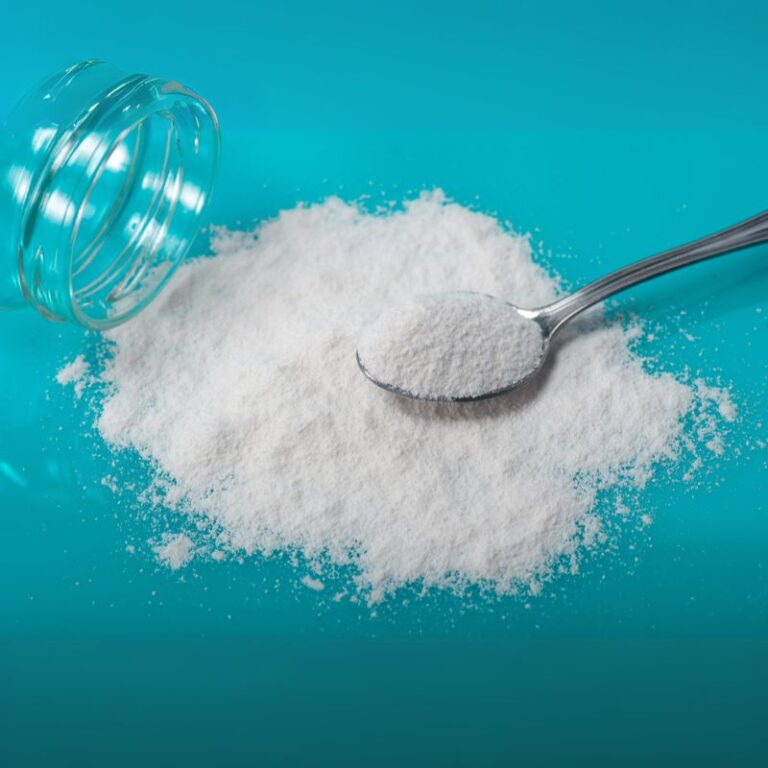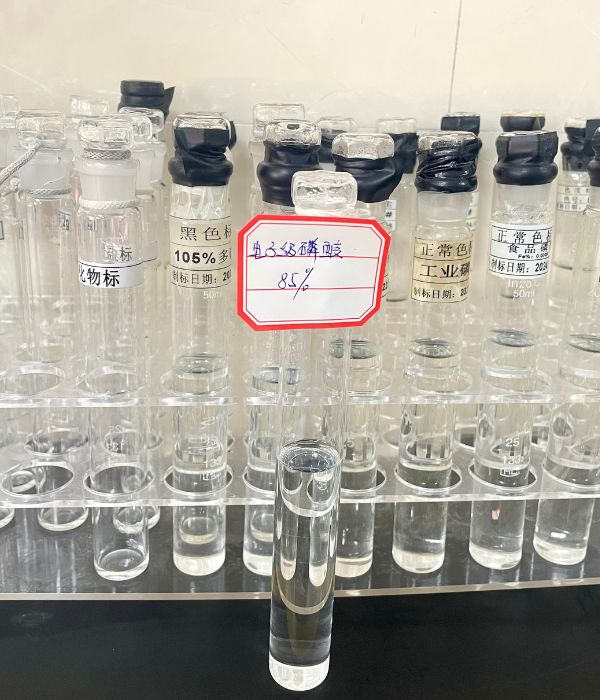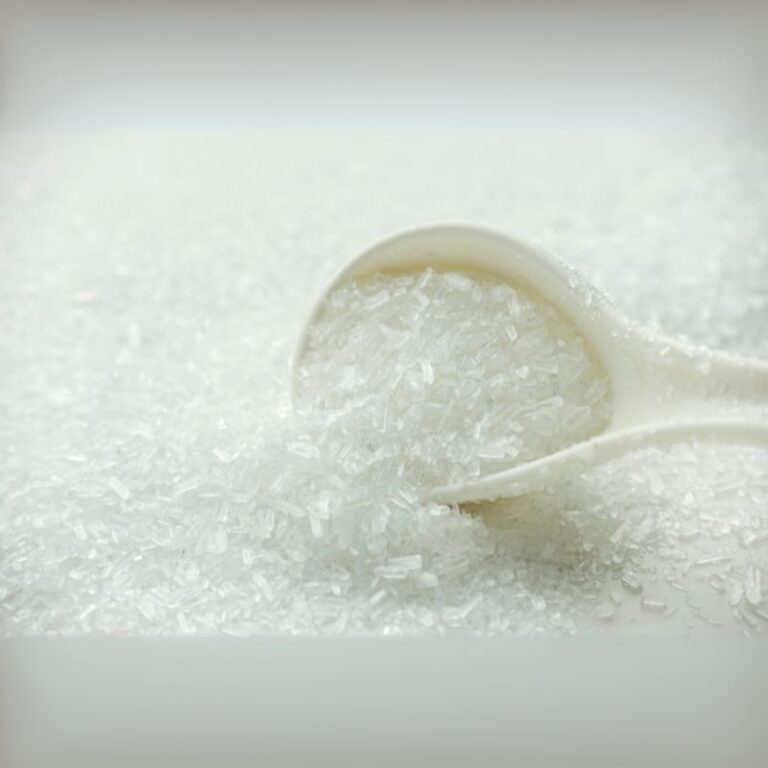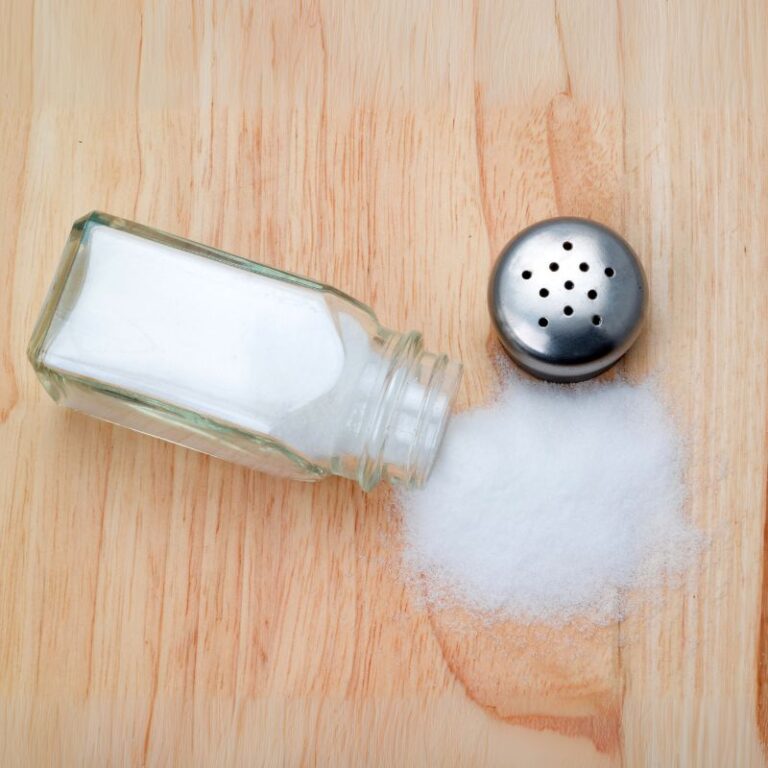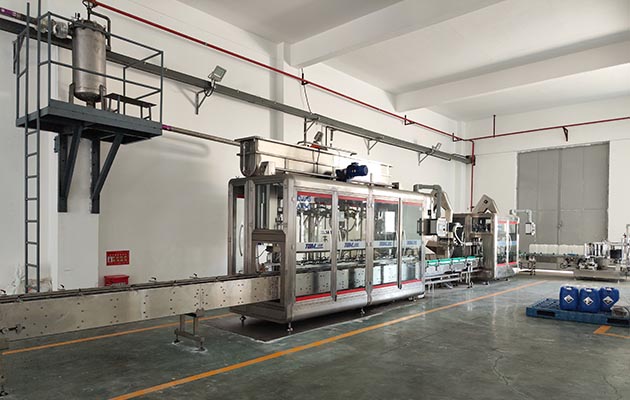-
Liutang Town Industrial Park, Liucheng County, Guangxi

Opening the Secret of Food Additives: What’s Really in Your Food?
Artificial additive could sound like jargon, yet it’s greater than just a technical term– it’s the reason your food looks much better, preferences fresher, and lasts much longer. This article dives deep right into preservative , clarifying what they are , why they’re made use of in foods , and how they’re regulated . We’ll deal with tough concerns concerning health and wellness dangers , discuss the scientific research behind food coloring , and explain exactly how to identify which additive in food is secure. Whether you’re a food fanatic, a moms and dad, or a person simply interested concerning what’s in your lunch, this article offers clarity and crucial understandings.
1. What Is an Artificial additive?
A artificial additive is any material contributed to food to execute a details feature– whether that’s maintaining quality, boosting appearance, or enhancing flavor. Food additives are substances included in food to enhance shelf life, appearance, or shade. These compounds have been used for centuries , from salt healing meats to making use of all-natural herbs as chemicals. Modern food additives consist of a vast array of chemicals and natural essences made to make food a lot more enticing and safer for longer.
Food additives are made use of by food producers to meet customer needs. For example, a crisp crunch in chips or the vivid color in soft drink typically comes from included compounds. Yet these substances aren’t approximate; they undergo strenuous screening for safety and security prior to they can be added to your dish.
2. Why Are Food Additives Utilized in Foods?
The use food additives serves several vital roles. They function as chemicals , prolonging the life span of food products by stopping spoilage and microbial development. Some food coloring agents boost the look of food , making it a lot more aesthetically appealing. Stabilizers, emulsifiers, and thickeners are all types of food additives utilized to keep appearance and uniformity.
Additives are utilized to make certain that food items stay risk-free from the ranch to your plate. They help maintain taste, appearance, and color in processed food that can or else break down quickly. Without ingredients, several refined foods– like deli meats or ready-to-eat dishes– would ruin faster, and the food supply would certainly be less trusted.
3. What Sorts Of Food Additives Exist?
There are a number of kinds of artificial additive , each offering a different utilize in food :.
- Preservatives (e.g., salt benzoate, nitrites): Protect against microbial development and putridity.
- Food tinting (e.g., carotenoids, artificial dyes): Enhance look.
- Emulsifiers/thickeners (e.g., lecithin, pectin): Stabilize texture and uniformity.
- Antioxidants (e.g., vitamin C, BHT): Stop oxidation and rancidity.
- Taste enhancers (e.g., MSG): Magnify taste.
These types of artificial additive are meticulously selected based upon their functionality and safety. While all-natural additives like citric acid are usually popular, synthetic ones are greatly scrutinized by scientists and regulators.
4. Just How Does Food Coloring Operate In Foods?
Food coloring is a preferred additive in food that improves the aesthetic allure of virtually every little thing from sweet to beverages. These colorants can be all-natural, such as beetroot or turmeric essence, or synthetic dyes like FD \ & C Blue No. 1. Synthetic food tinting is effective at providing lively colors and secure color in time.
Food tinting should be accepted additives and consisted of on item labels. Its utilize in foods is purely kept track of by regulative bodies to ensure that the food product remains safe. For example, fabricated dyes have been researched for prospective links to hyperactivity in kids, triggering regulatory authorities to need warnings or limitation use in some regions.
5. Are Food Additives Safe? Evaluating Food Safety And Security.
The security of artificial additive is a core worry for both regulators and consumers. Bodies such as the USA Fda (United States FDA), European Food Security Authority , and Food Specification Australia New Zealand oversee the authorization and tracking of food additives . To be taken into consideration secure, these materials must satisfy rigorous criteria:.
- Must be normally acknowledged as secure (GRAS).
- Need to not position severe or persistent wellness risk .
- Usage ought to be within authorized limitations for safety.
The safety of a food containing these ingredients relies on collective exposure in time and in mix with various other dietary resources. Research studies remain to evaluate prospective interactions and long-term effects.
6. What Common Food Additives Should You Know?
Many daily foods have artificial additive . Some typical enhancements include:.
- Preservatives: Salt benzoate, potassium sorbate, nitrites.
- Colorants: Sugar color, titanium dioxide, annatto.
- Emulsifiers: Lecithin, mono- and diglycerides.
- Antioxidants: Ascorbic acid (vitamin C), BHA/BHT.
- Flavor enhancers: MSG, yeast essence.
These usual artificial additive are generally utilized within regulated amounts. You’ll frequently find them in products like soda, bread, refined meat, and frozen dinners. In spite of public worry, their controlled usage is supported by security assessments.
7. Can Food Additives Reason Illness?
Yes– artificial additive can trigger adverse reactions in some people. Allergies and sensitivities to man-made dyes or sulfites are well-documented. As an example:.
- Some individuals report food tinting level of sensitivity materializing as hyperactivity or rash.
- Preservatives such as sulfites and benzoates can set off asthmatic or sensitive actions.
- Various other health risks related to specific artificial additive remain under testimonial.
Nonetheless, widespread chronic conditions like cancer cells or neurotoxicity have actually not been definitively connected to approved artificial additive when made use of at regulated levels. The key is moderation and remaining educated concerning delicate individuals or vulnerable populations.
8. What Are Indirect Additives in Food?
Not all additives are intentionally added. Indirect additives describe chemicals that enter food via packaging, processing, or movement. These may include:.
- Plasticizers from packaging products.
- Substances contributed to food through handling water or devices.
- Additives from adhesives or coatings.
Although unintentional, these chemicals may be made use of in trace quantities. Agencies monitor them under policies to guarantee they are within safe exposure levels and do not position unnecessary health threat .
9. Just How Are New Food Additives Approved?
Presenting a brand-new preservative involves a strenuous authorization process :.
- Submitted to regulative bodies such as the US FDA or EFSA .
- Data includes toxicology, metabolic rate, safety and security researches, and approximated direct exposure.
- Specialist panels assess the material included in food and determine risk-free use levels.
- If approved, the additive is consisted of in checklists such as the WHO Codex General Standard for Food Additives .
- Recurring surveillance makes certain that intake fads don’t surpass risk-free exposure limits.
Only once approved may the food additive be legally made use of and classified in food.
10. What Is the Role of Regulative Agencies?
Organizations like the USA Food and Drug Administration , European Food Security Authority , and Food Specification Australia New Zealand play important roles in:.
- Examining and approving approved food .
- Establishing food safety requirements.
- Conducting food additive monitoring and evaluations.
- Directing manufacturers via measuring ingredients utilized in foods.
These standards ensure foodstuff stay risk-free and trustworthy. Consumers depend on their rigorous oversight to keep artificial additive within risk-free restrictions.
Recap: Secret Points to Remember.
- Preservative refers to any kind of substance contributed to food to protect or boost it.
- They have actually been utilized for centuries to enhance life span , color, taste, and texture.
- There are numerous kinds of artificial additive : preservatives , tinting , emulsifiers , anti-oxidants , taste boosters , and so on * Food tinting makes items aesthetically appealing however is controlled due to feasible level of sensitivities.
- Food safety and security firms rigorously assess all ingredients , requiring them to be generally recognized as safe within appropriate limitations.
- Typical food additives include nitrites, MSG, lecithin, BHT, and sugar shade.
- Artificial additive can trigger sensitive or sensitivity responses in specific people.
- Indirect additives can unintentionally enter food via processing or product packaging.
- A new artificial additive must pass scientific testimonial and approval processes by authorities like FDA or EFSA.
- Regulative oversight makes certain authorized food stays risk-free, with general criteria for preservative in place globally.
Comprehending preservative equips you to make informed options and comprehend what tags imply. As our food system advances, so will certainly new food additives , however rigorous policies and scientific evaluations imply you can remain to enjoy secure, delightful, and inexpensive food.
